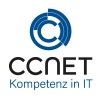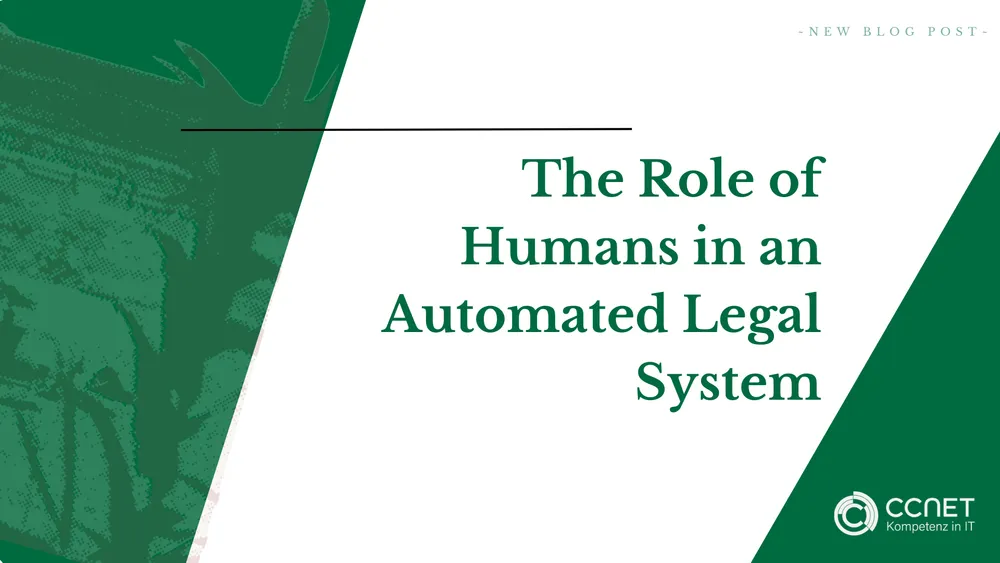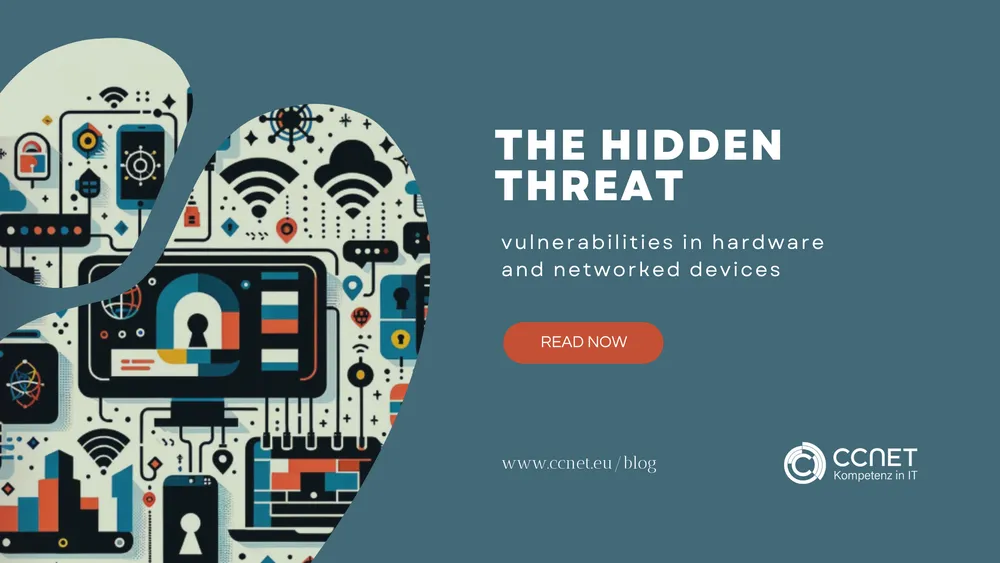
CCNet
Feb 9, 2024 • 2 min read

The Necessity of Zero Trust Architecture (ZTA) in Medium-sized Industrial Enterprises
The current Cyber Security Report 2024 reveals alarming statistics that underline the urgent necessity for Zero Trust Architecture (ZTA) in medium-sized industrial enterprises.
Email Threats
The Cyber Security Report 2024 provides alarming insights into the cyber threat landscape, especially for medium-sized industrial enterprises. Notably, out of over 45 billion analyzed emails, 36.4% were classified as unwanted. This highlights how critical email systems are as entry points for cyberattacks.
Phishing: The Dominant Threat
Phishing attacks remain the most common method at 43.3%, followed by malicious URLs in emails at 30.5%. These numbers emphasize the importance of educating and raising awareness among employees about phishing attempts.
High-Risk File Types
Attacks using HTML files (37.1%), PDFs (23.3%), and archive files (20.8%) are particularly prevalent. This insight is crucial for medium-sized industrial enterprises, indicating the need for strict control over email attachments and downloads.
Vulnerable Industries
The research, entertainment, and manufacturing sectors are particularly vulnerable, emphasizing the urgency of industry-specific security measures. Medium-sized companies in these sectors should exercise caution.
Brand Imitation as a Tactic
The imitation of brands like DHL, Amazon, and FedEx demonstrates how cybercriminals exploit trust relationships. Companies must protect their brand identity while safeguarding their customers from such deceptions.
Cloud Security Concerns
Dependency on cloud providers and the need for Microsoft 365 data backups highlight the necessity of a robust security strategy. Medium-sized industrial enterprises increasingly reliant on cloud services must incorporate these risks into their security planning.
Diversity of Attack Techniques
The use of advanced fee scams, extortion, and impersonation as attack techniques illustrates the diversity and sophistication of cyber threats. Companies must prepare for a wide range of attack methods.
Increasing Use of HTML Files
The significant increase in the use of HTML files in email attacks suggests that cybercriminals are adapting their tactics. This requires advanced detection technologies and employee training.
Decline in DOCX and XLSX Files
A decline in the use of DOCX and XLSX files may indicate a shift in attack strategies. Security teams should not focus solely on conventional file types.
Cross-Industry Risks
The fact that nearly every industry is threatened underscores the necessity for a comprehensive, cross-industry security strategy. No company, regardless of size or sector, is immune to cyberattacks.
The Need for Zero Trust Architecture (ZTA)
Given these statistics, the implementation of Zero Trust Architecture (ZTA) is essential for medium-sized industrial enterprises. ZTA operates on a fundamental mistrust principle, verifying every request on the network, thereby minimizing the risk of insider threats and external attacks.
Compliance with the NIS2 Directive
The EU's new NIS2 Directive requires companies in critical sectors to meet higher security standards. Implementing ZTA is a crucial step in meeting these requirements and reducing the risk of severe cyberattacks.
Conclusion
The Cyber Security Report 2024 makes it clear that medium-sized industrial enterprises must adopt an adaptive and proactive security strategy like ZTA to protect themselves in today's cyber-threatened world. In this context, compliance with the NIS2 Directive and adaptation to the dynamic threat landscape are imperative. The Cyber Security Report 2024 underscores this need through its informative statistics and analyses. Security is not a static goal but an ongoing process that requires constant attention and adaptation.


